The global nursing workforce grew from 27.9 million in 2018 to 29.8 million in 2023, but major disparities remain in the availability of caregivers across regions and countries, according to a report published by the World Health Organization (WHO) and the International Council of Nurses (ICN).
This report, State of the World’s Nursing 2025, highlights “persistent and growing inequalities” in the sector, particularly in the distribution of nurses, their training, salaries, working conditions, and shortages of trained personnel.
“This trend of inequality recurs across regions and within them, between countries and within countries, and according to countries’ income classifications,” the report states.
The consequences of these disparities affect patient care and health outcomes, the functioning of health systems, health equity and access to care, universal health coverage, and broader economic and social development.
Addressing Inequality
“Inequalities within the global nursing workforce mean that a large portion of the world’s population lacks access to essential health services, potentially threatening progress toward universal health coverage (UHC), global health security, and health-related Sustainable Development Goals (SDGs),” note the WHO and ICN, stressing that these inequalities “must be urgently addressed.”
“We cannot ignore the imbalances that shape the global nursing landscape. On International Nurses Day, I urge countries and partners to use this report as a roadmap—showing us where we’ve come from, where we are, and where we need to go—as quickly as possible,” said WHO Director-General Dr. Tedros Adhanom Ghebreyesus.
Data analysis revealed that the number of nurses worldwide would reach 29.8 million in 2023, up from 27.9 million in the 2018 report.
Risk of Shortages in Africa
However, the WHO noted that data reporting had improved for its second report and also emphasized that “the global distribution and density of caregivers in 2023 are highly inequitable and mask a shortage of 5.8 million nurses.”
The UN health agency’s analysis shows that the estimated global nurse shortage declined from 6.2 million in 2020 to 5.8 million in 2023 and is expected to drop further to 4.1 million by 2030.
Nevertheless, nearly 70% of the projected shortages by 2030 will affect the African and Eastern Mediterranean regions, according to the report.
It also reveals that around 78% of the world’s nurses work in countries that represent only 49% of the global population. The study further suggests that high-income countries, which account for just 17% of the world’s population, are home to 46% of the global nursing workforce.
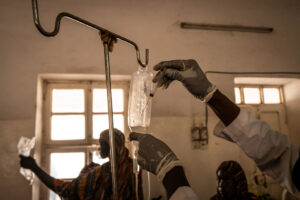
Disproportionate Access to Nursing Services
More broadly, the findings indicate that one in seven nurses globally—and 23% in high-income countries—was born abroad, highlighting the reliance on international migration. This is a situation that risks worsening.
High-income countries, in particular, need to prepare for a significant wave of retirements and reassess their dependence on foreign-trained healthcare personnel by strengthening bilateral agreements with the countries where nurses are recruited.
On another note, although the global average density is 37.1 nurses per 10,000 inhabitants, this figure is not evenly distributed across regions and nations. In fact, the nurse density in the WHO European Region is five times higher than in the African and Eastern Mediterranean regions, the report points out.
Furthermore, gender and equity remain central concerns within the nursing profession. Women continue to dominate the field, representing 85% of the global nursing workforce.
Source : UNITED NATIONS


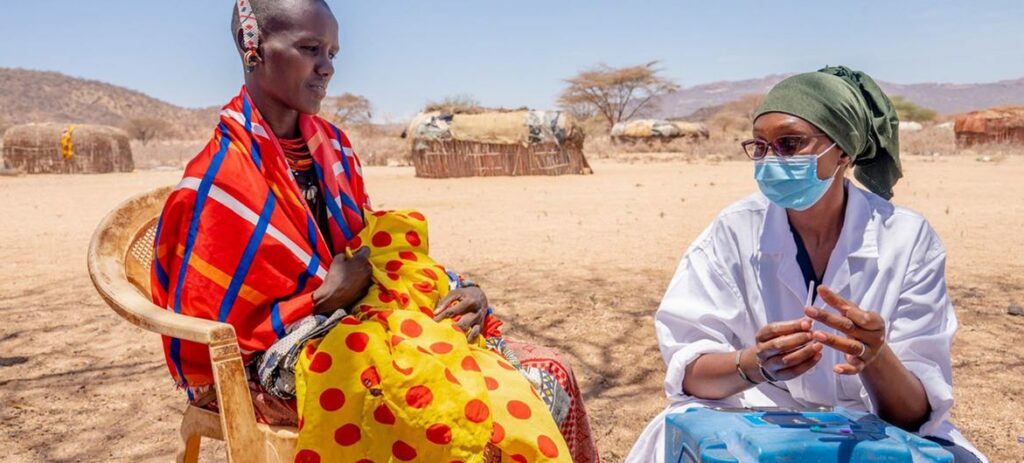
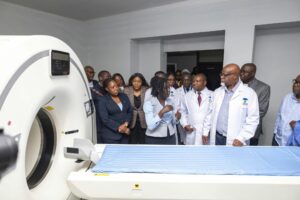
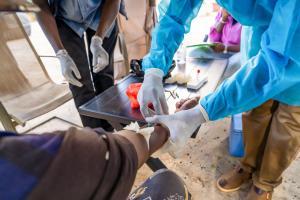
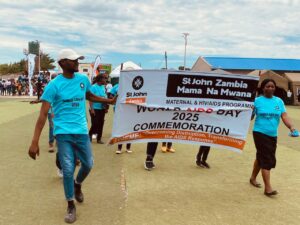
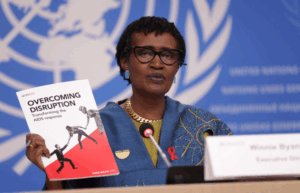
OTHER ARTICLES
Zambia : Health Sector Progress Update
Rift Valley Fever in Senegal: On the Frontline to Protect Communities
Zambia : commemorates world AIDS day